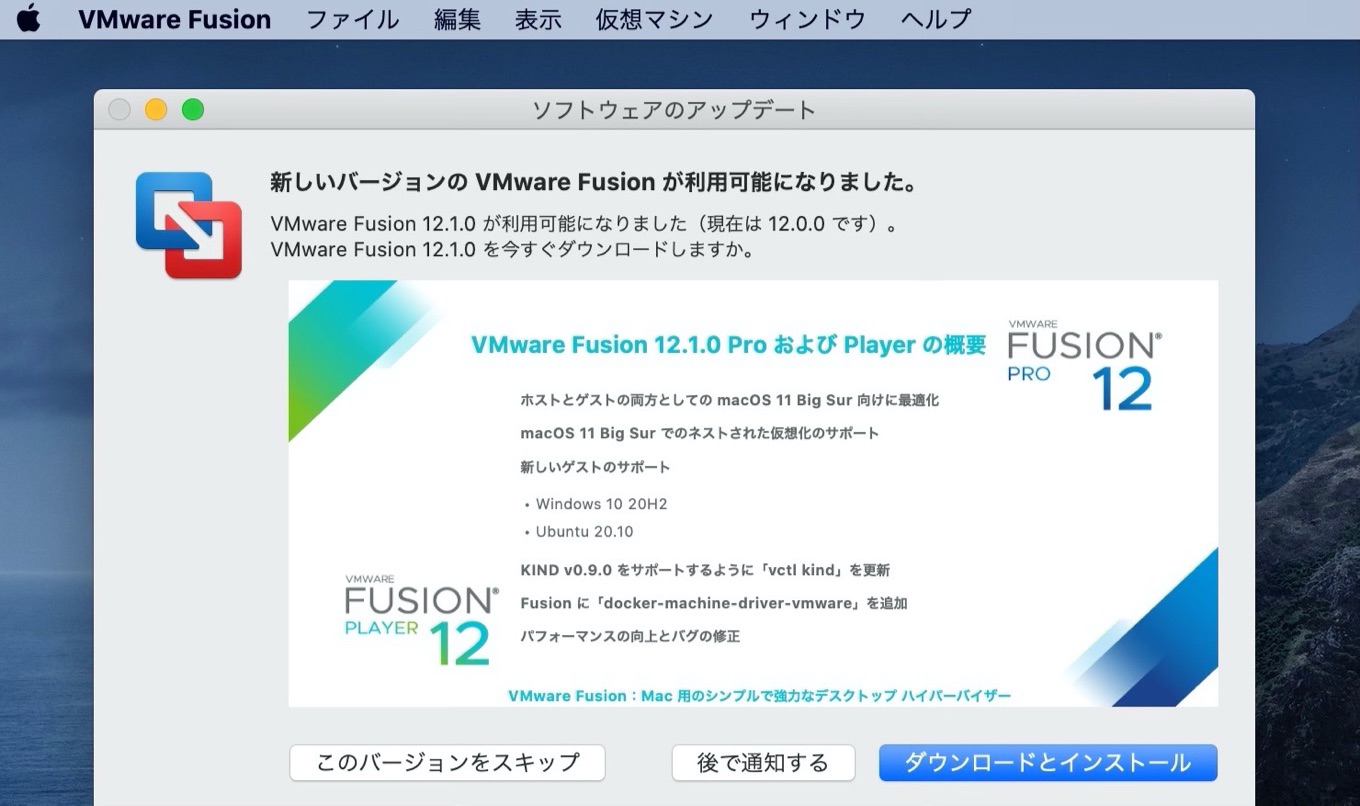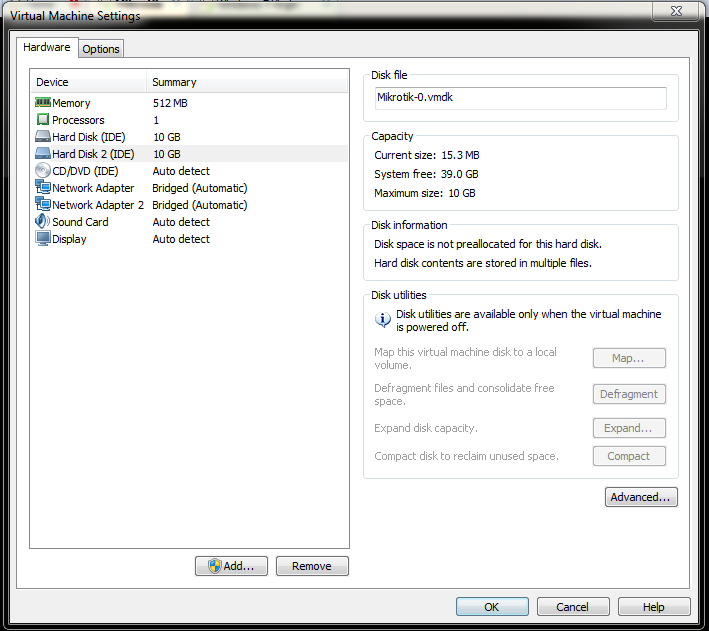



However, for those that need to run another operating system like Linux or Windows, Rosetta 2 doesn’t support Virtualization, and Apple silicon Macs don’t support Boot Camp. For the most part, apps ‘ just work’, even if they’re a bit slower. In much the same way they did when moving from PowerPC to Intel CPUs back in 2006, Apple introduced a new version of Rosetta to support running Intel apps on Apple silicon. Seeing improvements like that, it comes as no surprise to us that when users got their hands on M1 devices they naturally wanted to run virtual machines on them! Why not take advantage of that extra CPU power and carry around a single notebook instead of 2 laptops, right? We agree. With first generation of Apple silicon chips, namely the M1, Apple has made significant performance and efficacy improvements, with claims of “Up to 2.8x CPU performance Up to 5x the graphics speed Up to 11x faster machine learning And up to 20 hours of battery life” on a new 13” MacBook Pro. With the new architecture comes incredible performance gains, thermal improvements, and dramatically improved battery life, but poses some unique challenges for virtualization apps like Fusion Pro and Player. With the introduction of Apple silicon, it was revealed that the new CPU line would be based on the same Arm CPU architecture found in an iPhone or on an iPad as opposed to the x86 or x86_64 Intel (or AMD) architectures found on desktops and notebooks. There are challenges there which will require Apple to work with us to resolve. macOS VMs are not in scope in the short term.Insider builds of Windows 10 ARM may only be installed on systems with a licensed version of Windows 10, which is currently not available on Apple hardware.Microsoft currently does not sell licenses of Windows 10 ARM for virtual machines.Windows is second priority behind Linux.We don’t plan to support installing or running x86 VMs on Macs with Apple silicon.Development is moving along very well, meeting or exceeding our expectations, but there are challenges and much work still to do.We will be delivering a Tech Preview of VMware Fusion for macOS on Apple silicon this year.The quick readīefore we get right into it, I just want to summarize our position way up front with a quick tl dr: It’s been a few months since our informal announcement via Twitter back in November where we committed to delivering VMware VMs on Apple silicon devices, so we wanted to take this opportunity to share a bit about how our progress with our little project to bring Fusion to life on Apple silicon Macs this year.


 0 kommentar(er)
0 kommentar(er)
